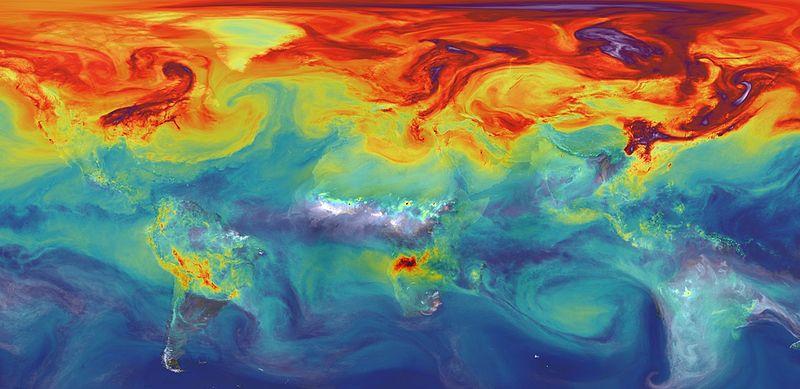Dr Peter Millard, chair of the the New Zealand Agricultural Greenhouse Gas Research Centre Steering Group, reports that key results in 2017/18 demonstrate climate change science teams are getting closer to finding viable solutions to reduce agricultural GHGs.
Governments globally began ratifying the 2015 Paris agreement much earlier than anticipated, including New Zealand in October 2016, he says in a report on NZGARC’s highlights published today.
Domestically the new Minister for Climate Change has been consulting on a proposed Zero Carbon Act, to be introduced in 2019, as the Government drives climate change policy towards low emissions and climate resilience.
This framework supports the existing target for New Zealand to reduce greenhouse gas emissions by 30% below 2005 levels by 2030, Dr Millard says.
The NZ Government also plans to set a new emissions reduction target for 2050 and establish an independent Climate Change Commission.
The Interim Climate Change Committee with a supporting secretariat has been established, with Dr Harry Clark, NZAGRC Director, contributing as a committee member and Dr Andy Reisinger, NZAGRC, Deputy Director (International) as part of the committee secretariat.
A key challenge for this committee is to develop evidence and analysis on how agriculture should be brought into the Emissions Trading Scheme.
New Zealand farms contribute 49% to the country’s GHG emissions, necessitating changes.
There are a number of science and policy challenges to be considered, particularly how to mitigate agriculture’s emissions whilst still producing sufficient food to supply an expanding global population.
The emissions intensity of New Zealand agriculture per unit of meat or milk produced has declined on average by about 1% a year since at least 1990. However this has been more than offset by the increased overall product generated by the sector.
While our farmers are making a contribution and making efficiency gains, it is not enough to counter the extra GHGs being produced overall, Dr Millard says.
New, practical, cost-effective mitigation technologies and practices will make a valuable contribution to Government strategies and subsequent action plans.
International collaborations and alliances can help find lasting global solutions, Dr Millard says.
Developing these approaches is the role of the NZAGRC alongside the joint industry/Government-backed PGgRc.
“Our efforts are a great example of Government, industry and researchers working together,” Dr Millard says.
The NZAGRC is also working with the Biological Emissions Reference Group (BERG) and industry-led initiatives such as the Dairy Action for Climate Change.
Source: New Zealand Agricultural Greenhouse Gas Research Centre












